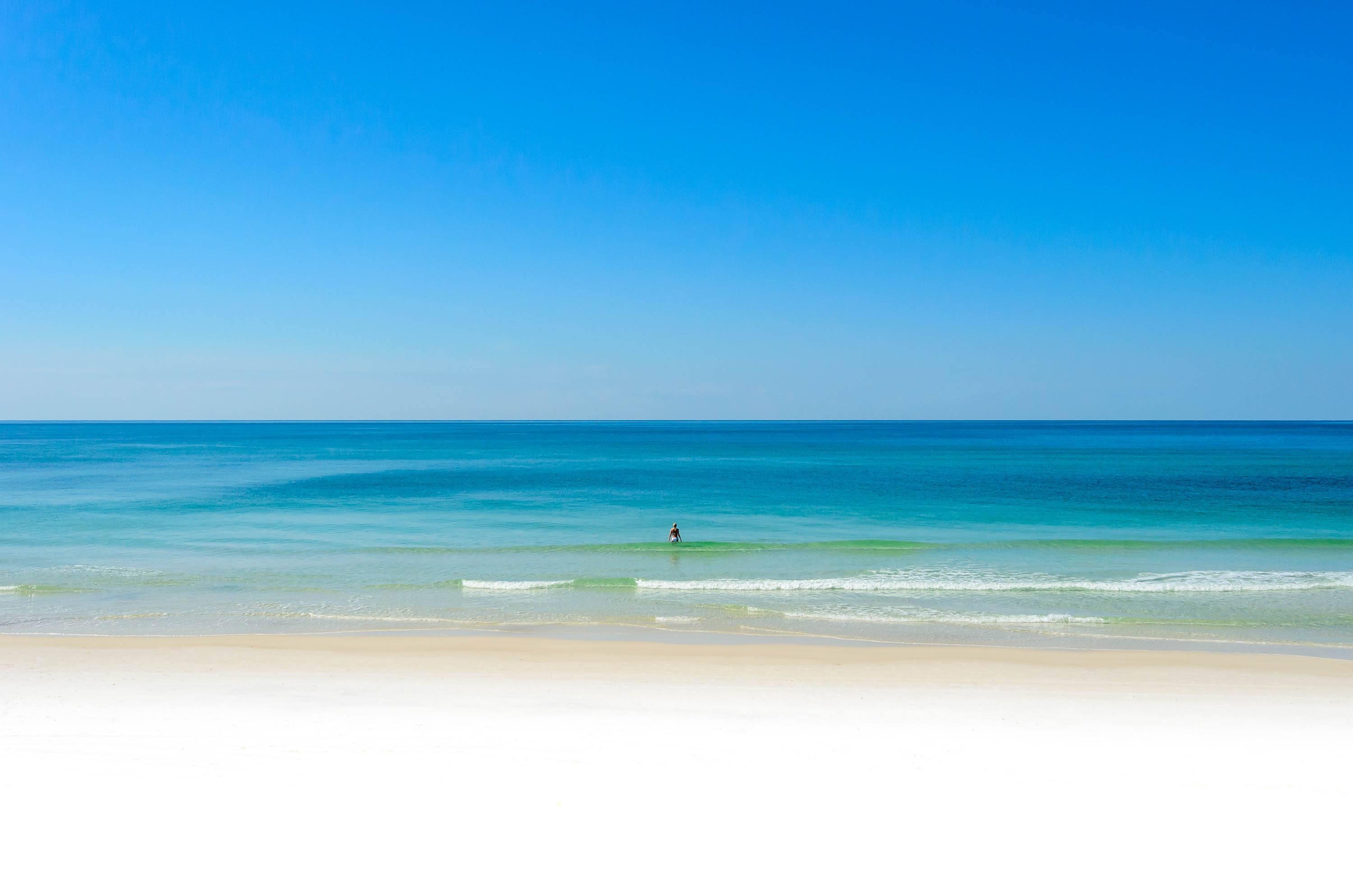

lurker1 said:Perhaps we should walk out there and, with a permanent marker, write the owner's address on the tubes.
EZ4144 said:Hi Sowal.com- I came on here from a link someone sent me about the talk about the septic tanks on the beach which really won't be a problem anymore beecause they will be protected from high water by this geotubes system. wanted to share some photos that some of my neighbors are putting in a t gulf trace. I know a lot of other owners are also going to do the same thing all along the beaches and they have been proven to work just fine in other places. This product is a series of textile bags that can be filled with water and then any color sand for a permanent application and covered with 3 feet of sand to prevent erosion of the dune and provide a restored dune. The sand can be cheaper dirt like seen in the photos cause it isn't going to be spread by waves or anything else. This method is really infailable. Thge Dep doesn't stop it like some other things like boulders or seawalls.




EZ4144 said:This product is a series of textile bags that can be filled with water and then any color sand for a permanent application and covered with 3 feet of sand to prevent erosion of the dune and provide a restored dune. The sand can be cheaper dirt like seen in the photos cause it isn't going to be spread by waves or anything else.
Smiling JOe said:I am no scientist, but I know that there is no way that this geo (makes it sound natural doesn't it?) tube will be there after the next major storm. It will go just prior to the house. My question is, how can these things be labeled so that we can later identify the owner and make them clean up there poop?
marinebiology451 said:if you want to know where all the sand went - just look to Mississippi's casino coast which now has a really pretty white sand shelf and Texas, especially around Galveston's barrier island complex, which grew about 2 miles in overall length. Even Dauphin Island in Alabama got a little bit longer. Big part of my job these days is eyestrain from staring at satellite photos.



